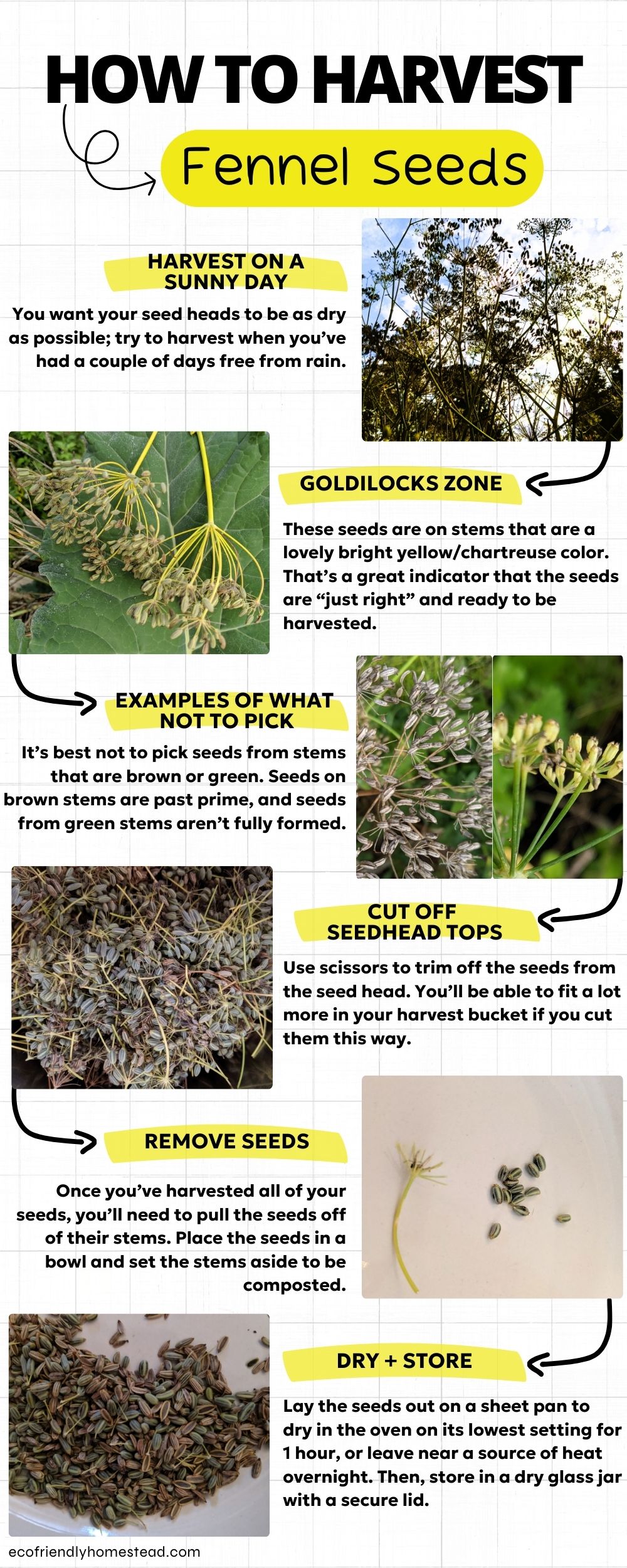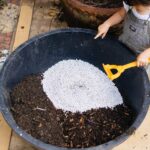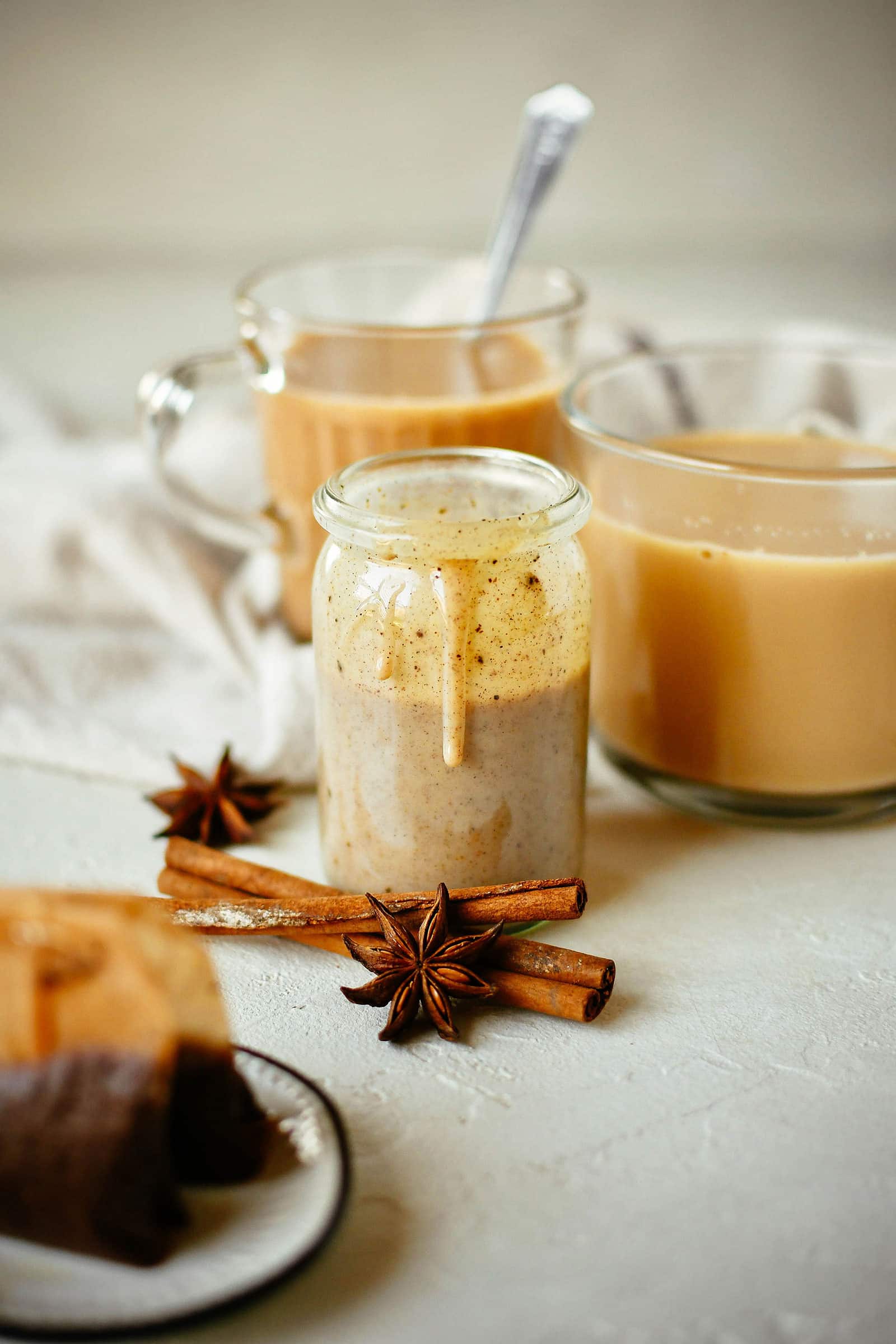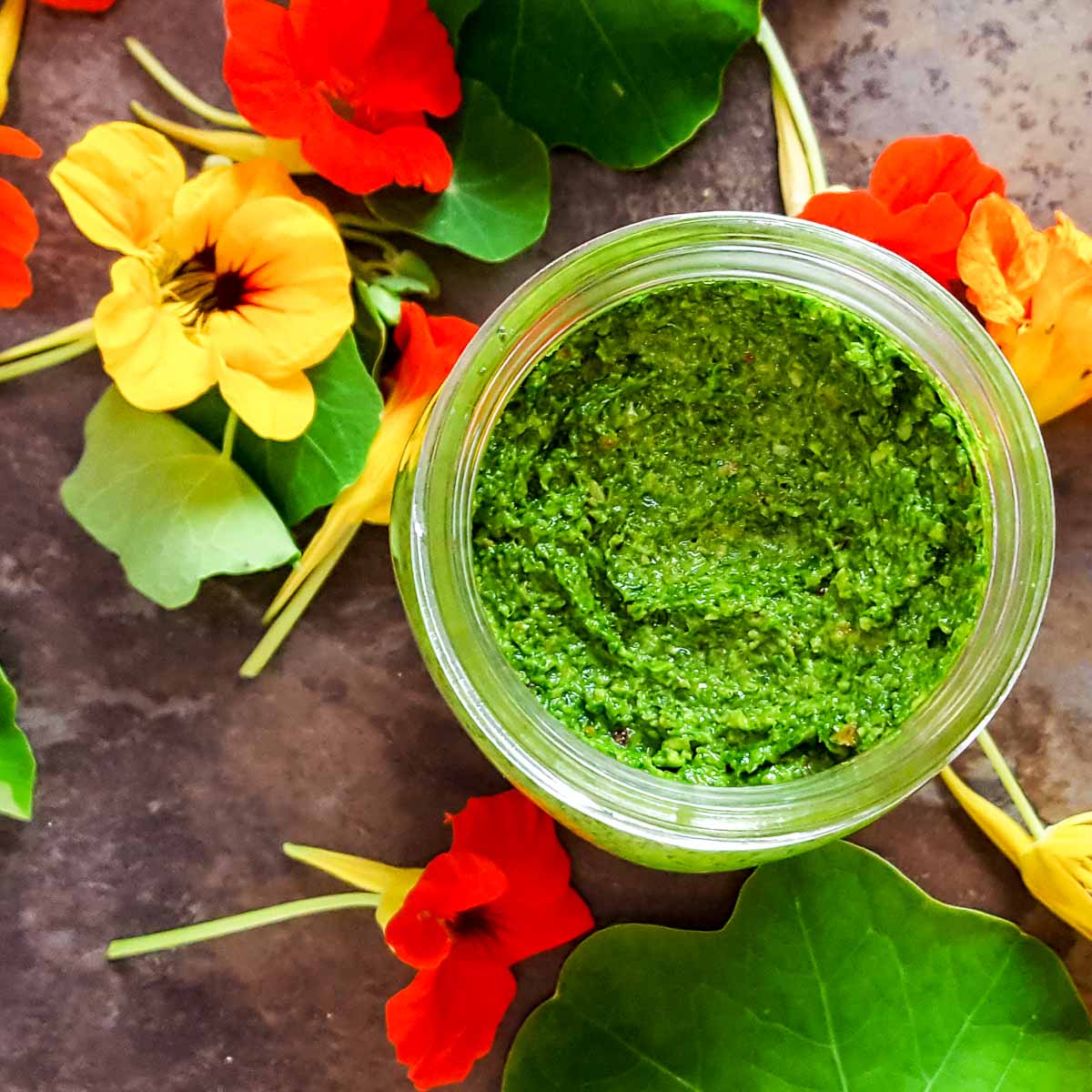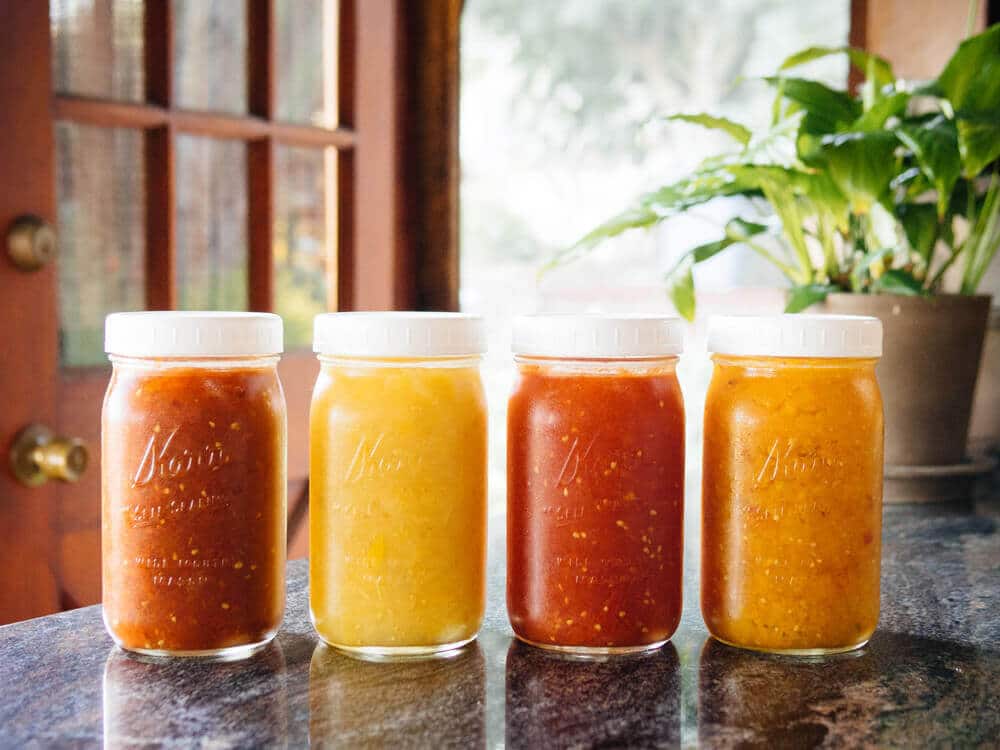Fennel pollen has been described as the “culinary fairy dust,” adding a sublime touch to dishes with its unique blend of flavors. Harvested from the wild flowers of the fennel plant, this rare spice imbues your cooking with hints of licorice, citrus, and honey.
If you’re intrigued by the idea of using fennel pollen as a delicious spice, you’ll enjoy discovering the process behind gathering this culinary gem. Whether you want to add a Tuscan flair to your dishes or simply experiment with new flavors, fennel pollen can provide an extraordinary touch to your cooking repertoire.
What Is Fennel Pollen and How Do You Use It?
Fennel pollen is the spice harvested from the yellow flowers of the fennel plant. Unlike common fennel seeds, pollen is subtler and more flavorful, often used as a finishing spice.
It’s commonly used to season meats such as pork and chicken, but its versatility allows it to enhance tomato-based sauces, pair beautifully with cheeses, and even add an unexpected twist to sweet dishes like ice cream and chocolates.
The aromatic qualities of fennel pollen make it an excellent choice for creating flavored salts or dusting over prepared dishes right before serving, to preserve its delicate aroma.
Its origins in Italian cuisine have made it a sought-after ingredient for those looking to bring a touch of Italy to their kitchen. When used correctly, it can elevate simple meals to gourmet status.
How to Gather Fennel Pollen to Use as a Delicious Spice
Gathering fennel pollen is a labor-intensive process that requires patience and a careful hand. The best time to collect fennel pollen is in the morning when the flowers are most fragrant and the pollen is abundant.
Harvesting techniques involve shaking or brushing the pollen from the flowers into a container. Some also tie a bag around the flowers the night before to catch the pollen as it falls.
After harvesting, it’s crucial to dry the pollen properly to prevent mold. A dehydrator or a warm, dry place out of direct sunlight works best for this purpose.
While gathering fennel pollen can be a straightforward task for those with access to fennel plants, it’s important to identify and harvest from wild fennel, which is different from the vegetable fennel commonly found in grocery stores.
Wild fennel is typically found in dry, coastal regions and along roadsides. Recognizing the plant by its feathery leaves and distinctive aroma is key to a successful harvest.
What Does Fennel Pollen Taste Like?
Fennel pollen’s taste is often described as a more intense version of fennel seed, but with additional layers of flavor, such as citrus and honey. This complex profile makes it a coveted spice among chefs and food enthusiasts.
The pollen carries a sweet, floral note that can enhance both savory and sweet dishes. Its unique flavor is not only versatile but also irreplaceable, often leaving a lasting impression on those who taste it.
While it shares some similarities with fennel seeds, the pollen lacks the seeds’ sharpness, making it a more subtle and nuanced spice that’s perfect for finishing dishes.
How Do You Put Fennel Pollen to Use?
Utilizing fennel pollen in your cooking can transform an ordinary meal into an extraordinary culinary experience. Here are a few ways to incorporate this enchanting spice:
- Meat rubs: Combine fennel pollen with sea salt and herbs to create a rub for meats.
- Flavored butter: Mix fennel pollen into softened butter for a delightful spread on bread or to finish cooked vegetables.
- Dressings: Enhance the flavor of vinaigrettes with a pinch of fennel pollen.
- Desserts: Sprinkle over panna cotta or fruit salads for a unique twist.
Being a potent spice, it’s important to use fennel pollen sparingly to avoid overpowering the dish’s other flavors.
Harvesting Techniques: How to Collect Fennel Pollen
Successful harvesting of fennel pollen hinges on the use of the right techniques. Collecting the pollen involves selecting the proper time and tools to ensure the highest quality spice.
The ideal method often includes tapping flower heads to release the pollen or using a fine brush to delicately gather the particles.
Timing is crucial, as the flowers release pollen at peak times of the day, usually in the warmth of the morning. Additionally, the stage of bloom can impact the quality and flavor of the pollen.
It’s also recommended to harvest only what you need, as fennel pollen loses its potency over time, even when dried and stored appropriately.
What Kind of Yield Can You Expect from Fennel Pollen?
When collecting fennel pollen, it’s important to set realistic expectations regarding yield. The flowers of the fennel plant produce only a small amount of pollen, making it a precious commodity.
The yield can vary greatly depending on factors such as the number of plants available, the specific harvesting technique, and environmental conditions.
Generally, a few flower heads will yield just a teaspoon or two of pollen, which is sufficient for several dishes, given its intense flavor.
Despite the small yield, the transformative effect of fennel pollen on dishes makes the effort of gathering and harvesting worthwhile.
Environmental Considerations: Balancing Harvesting with Nature
When gathering fennel pollen, it’s essential to consider the environmental impact. Harvesting pollen should be done responsibly to ensure that there is no over-harvesting that could negatively affect local ecosystems.
It’s important to leave enough flowers for the plant to reproduce and support the local bee population and other pollinators. Limiting the amount collected from each plant can help maintain a healthy balance.
Furthermore, when wild harvesting, always ensure that the fennel plants are not protected or part of a restricted area. Respect nature and only take what you need.
By being conscientious and sustainable in your approach, you can enjoy the benefits of this incredible spice without harming the environment.
Storage Tips for Long-Term Freshness
Once harvested, proper storage of fennel pollen is crucial to maintain its freshness and potency. The following tips can help extend its shelf life:
- Ensure the pollen is completely dry before storing to prevent mold and spoilage.
- Store in airtight containers away from light and heat, which can degrade the quality.
- Consider freezing pollen in small batches to preserve its flavor for extended periods.
By storing fennel pollen correctly, you can retain its enchanting flavor for many culinary adventures to come.
Culinary Uses: Adding a Touch of Magic to Your Dishes
Fennel pollen’s culinary uses are vast and varied. Its compatibility with a wide range of ingredients makes it a versatile addition to any chef’s pantry.
Here are some creative ways to use fennel pollen in your kitchen:
- Add to brines for poultry or pork to impart a sweet, herbaceous flavor.
- Sprinkle over roasted vegetables for an extra layer of taste.
- Use as part of a seasoning blend for homemade sausage or burger patties.
- Incorporate into bread dough or sprinkle on top before baking for an aromatic twist.
- Enhance fruit compotes or jams with a pinch of fennel pollen for complexity.
The versatility of fennel pollen means it can be adapted to countless recipes, elevating the flavors of traditional dishes or inspiring new creations.
How Much Is Fennel Pollen Worth?
Fennel pollen’s worth is measured not just in monetary value but also in its ability to transform a dish. It is relatively expensive due to the labor-intensive harvesting process and limited availability.
However, its potent flavor means a little goes a long way, making it a cost-effective ingredient for those special dishes where you want to impress.
The price can vary depending on the source and quality, but investing in high-quality fennel pollen can elevate your cooking to new heights.
Proven Ways to Increase Your Harvest
For those looking to increase their harvest of fennel pollen, there are several proven strategies:
- Pick the right time: Harvest in the morning when pollen production is at its peak.
- Be gentle: Use a light hand to avoid damaging the flowers and losing pollen.
- Optimize drying: Ensure pollen is dried quickly and evenly for the best quality.
By applying these strategies, you can maximize the quantity and quality of your fennel pollen harvest.
Try Fennel Pollen and Level Up Any Meal!
Whether you’re a seasoned chef or a home cook looking to explore new flavors, trying fennel pollen in your dishes is an adventure worth embarking on. This “culinary fairy dust” can add depth, flavor, and a touch of magic to any meal.
Embrace the art of gathering and using fennel pollen to level up your culinary game and treat your taste buds to a delightful, aromatic journey.
Swipe Up to Read the Full Post!
There’s so much more to learn about fennel pollen and its uses in the kitchen. Swipe up to dive deeper into this remarkable spice and discover all the ways it can enhance your culinary creations.
Related Questions on Fennel Pollen Usage
How to gather fennel pollen?
Gathering fennel pollen is a simple yet delicate process. Look for fennel plants when they are in full bloom, and gently shake or brush the pollen into a collection container. Early morning is the best time to gather, as the pollen is most abundant.
It’s important to collect only from areas where wild fennel is abundant and not treated with pesticides or other chemicals. Always ensure that your collection methods are sustainable and do not harm the plant’s ability to continue growing and producing pollen.
How to use fennel pollen?
Fennel pollen can be used in a myriad of ways in the kitchen. From a finishing touch on roasted meats to a flavorful addition to baked goods, the uses are nearly endless. Start with a small amount, as its flavor is potent and can easily overpower a dish.
Experiment with fennel pollen in your favorite recipes or look for inspiration in Italian cuisine, where it’s a staple ingredient. Whether you’re seasoning a rack of lamb or sprinkling it over fresh bread, fennel pollen is sure to add an exciting flavor profile to your meals.
What does the downside of fennel do for the body?
Fennel, including its pollen, is known for its potential health benefits. It may aid in digestion, reduce inflammation, and even provide antioxidant effects. However, as with any ingredient, it’s essential to consume it in moderation.
For those with allergies to plants in the carrot family, which includes fennel, caution should be taken. Always consult with a healthcare provider if you have any concerns about incorporating fennel pollen into your diet.
Is fennel pollen just ground fennel?
Fennel pollen is not simply ground fennel seeds. It is a distinct part of the fennel plant, harvested from the flowers, and possesses a different flavor profile. While fennel seeds are more common and have a stronger, anise-like taste, fennel pollen is subtler and more complex.
Understanding the difference between these two forms of fennel will allow you to use them appropriately in your cooking for the best culinary results.
Don’t forget to watch this informative video on how to gather and use fennel pollen to enhance your dishes:

